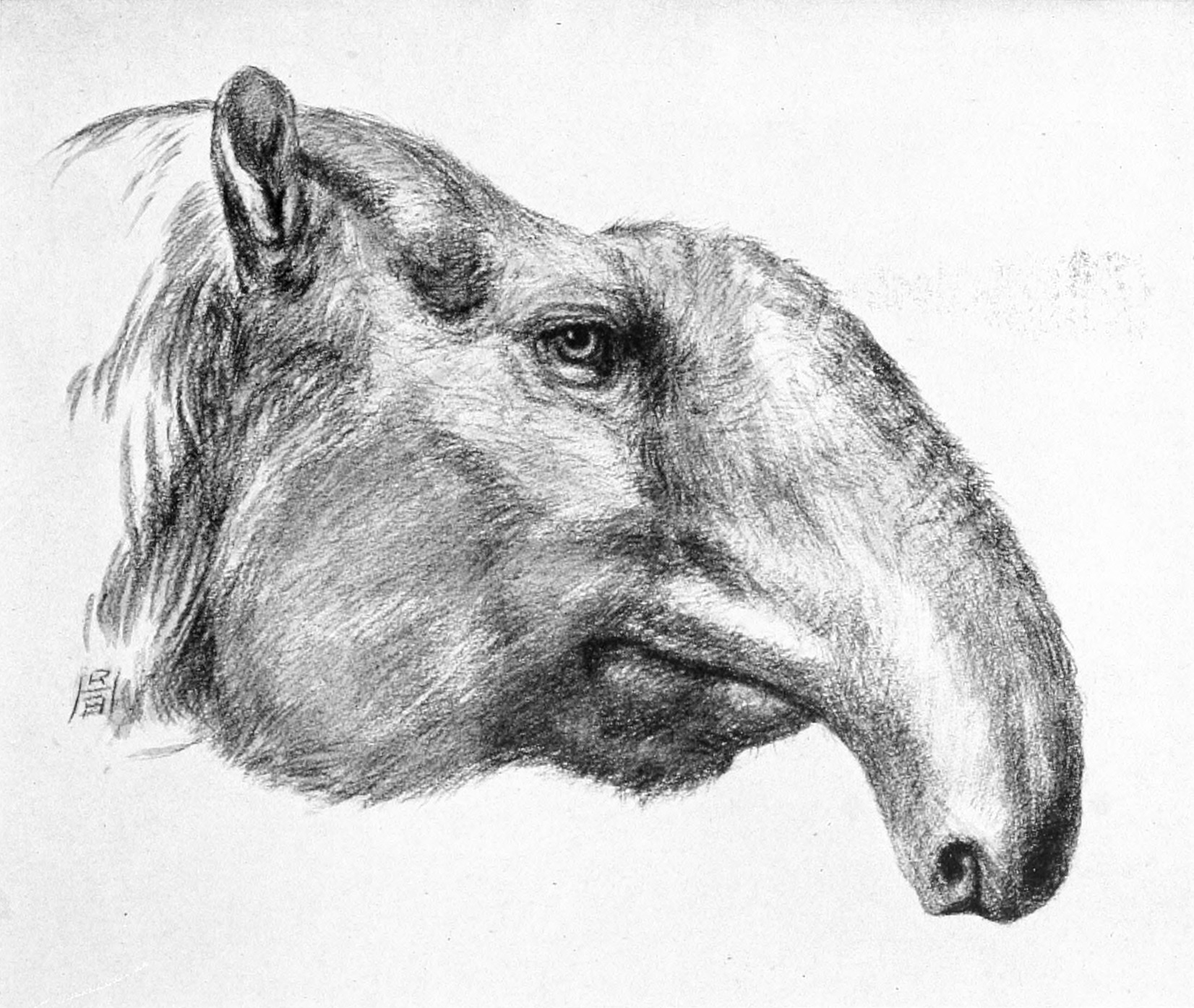Brachycrus on:
[Wikipedia]
[Google]
[Amazon]
''Brachycrus'' is an
 The long creature resembled its bigger, earlier relative '' Merycoidodon'', but was more specialized. ''Brachycrus'' had jaws which were short, and because the nostrils were placed far to the back, the creature is presumed to have had a
The long creature resembled its bigger, earlier relative '' Merycoidodon'', but was more specialized. ''Brachycrus'' had jaws which were short, and because the nostrils were placed far to the back, the creature is presumed to have had a
extinct
Extinction is the termination of an organism by the death of its Endling, last member. A taxon may become Functional extinction, functionally extinct before the death of its last member if it loses the capacity to Reproduction, reproduce and ...
genus
Genus (; : genera ) is a taxonomic rank above species and below family (taxonomy), family as used in the biological classification of extant taxon, living and fossil organisms as well as Virus classification#ICTV classification, viruses. In bino ...
of oreodont
Merycoidodontoidea, previously known as "oreodonts" or " ruminating hogs," are an extinct superfamily of prehistoric cud-chewing artiodactyls with short faces and fang-like canine teeth. As their name implies, some of the better known forms we ...
, of the family Merycoidodontidae
Merycoidodontoidea, previously known as "oreodonts" or " ruminating hogs," are an extinct superfamily of prehistoric cud-chewing artiodactyls with short faces and fang-like canine teeth. As their name implies, some of the better known forms were ...
, endemic to North America
North America is a continent in the Northern Hemisphere, Northern and Western Hemisphere, Western hemispheres. North America is bordered to the north by the Arctic Ocean, to the east by the Atlantic Ocean, to the southeast by South Ameri ...
. They lived during the Middle Miocene
The Middle Miocene is a sub-epoch of the Miocene epoch (geology), epoch made up of two Stage (stratigraphy), stages: the Langhian and Serravallian stages. The Middle Miocene is preceded by the Early Miocene.
The sub-epoch lasted from 15.97 ± 0. ...
, 16.0—13.6 mya, existing for approximately .
Description
 The long creature resembled its bigger, earlier relative '' Merycoidodon'', but was more specialized. ''Brachycrus'' had jaws which were short, and because the nostrils were placed far to the back, the creature is presumed to have had a
The long creature resembled its bigger, earlier relative '' Merycoidodon'', but was more specialized. ''Brachycrus'' had jaws which were short, and because the nostrils were placed far to the back, the creature is presumed to have had a tapir
Tapirs ( ) are large, herbivorous mammals belonging to the family Tapiridae. They are similar in shape to a Suidae, pig, with a short, prehensile nose trunk (proboscis). Tapirs inhabit jungle and forest regions of South America, South and Centr ...
-like proboscis
A proboscis () is an elongated appendage from the head of an animal, either a vertebrate or an invertebrate. In invertebrates, the term usually refers to tubular arthropod mouthparts, mouthparts used for feeding and sucking. In vertebrates, a pr ...
.
Palaeoecology
Dentalmesowear Mesowear is a method, used in different branches and fields of biology. This method can apply to both extant and extinct animals, according to the scope of the study. Mesowear is based on studying an animal's tooth wearing fingerprint. In brief, eac ...
shows that ''B. laticeps'' had a browsing
Browsing is a kind of orienting strategy. It is supposed to identify something of relevance for the browsing organism. In context of humans, it is a metaphor taken from the animal kingdom. It is used, for example, about people browsing open sh ...
diet during the late Hemingfordian
The Hemingfordian on the geologic timescale is the North American faunal stage according to the North American Land Mammal Ages chronology (NALMA), typically set from 20,600,000 to 16,300,000 years BP. It is usually considered to overlap the lates ...
, but that its diet shifted towards a more mixed feeding diet during the early Barstovian
The Barstovian North American Stage on the geologic timescale is the North American faunal stage according to the North American Land Mammal Ages chronology (NALMA), typically set from 16,300,000 to 13,600,000 years BP, a period of . It is usua ...
.
References
Oreodonts Miocene Artiodactyla Miocene mammals of North America Fossil taxa described in 1901 Prehistoric Artiodactyla genera {{paleo-eventoedungulate-stub